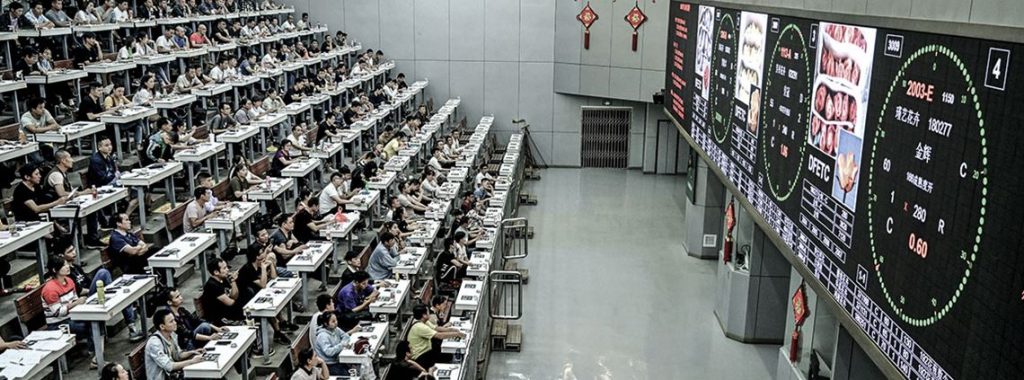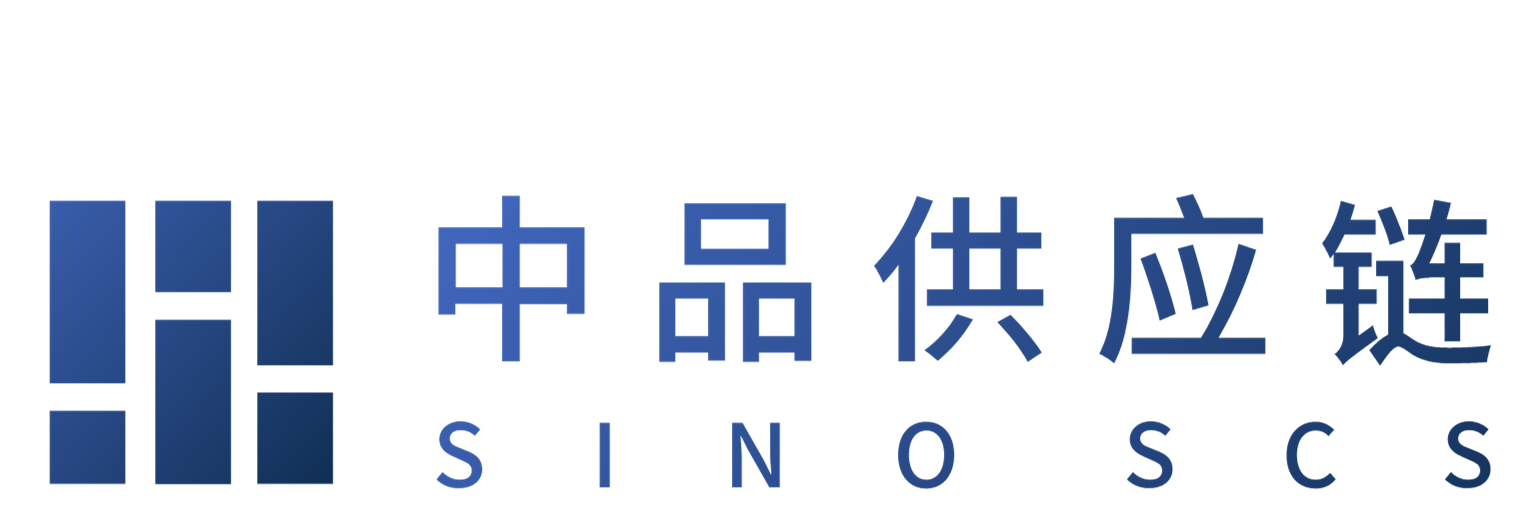How to get suppliers on board with e-auctions

E-auctions have undergone a quiet revolution, incorporating big data, artificial intelligence and the internet of things. So if you’re still using email, spreadsheets and meetings to make your deals, it could be the time to take another look
E-auctions use web-based software to enable suppliers to compete for goods or services in real-time at electronic marketplaces. They can be based on price alone or a blend of criteria and, while there are various types available, the most common are reverse auctions where the buyer chooses from competing sellers. There is the British reverse auction, in which sellers can see their position relative to the other bidders, the best price offered or both. Alternatively, the Dutch version allows sellers to only see the current price, which increases at intervals on a set countdown, where the first bidder to claim a price wins. And the Japanese method is almost the same, but the price starts high and lowers until only one supplier is left.
The chief benefit of e-auctions has been lower prices and they are thought to win buyers savings of 15% to 20% compared with traditional bidding methods. Also, they are around 20% to 40% faster than conventional negotiations and allow for more bids in less time. But low prices and high speeds are not the only benefits. E-auctions can allow new market entrants to compete against incumbents with little cost, and make it easy for buyers to find new suppliers to spread risk by using numerous suppliers and reduce bottlenecks. So it’s little surprise that they are rapidly spreading to new sectors, such as services, shelf-space and scrap materials for recycling.
Make the right choice of tech
On top of their established benefits, modern e-auctions are quickly becoming more efficient. Shipping giant Maersk, for instance, is currently developing robotic process automation (RPA) to execute e-auctions, which can be entirely automated and require no buyer intervention. The company will soon introduce machine-learning tools to the process that automate the interpretation of data from the company’s 15,000 suppliers. Chatbots are also being developed to update suppliers during events, help manage more complex bidding scenarios, and even provide real-time market intelligence to help suppliers adapt their strategies.
Like all automation and technology, when used correctly e-auctions can be an effective labour-saving tool that frees staff from mundane and mechanical tasks. “Without all the entrapments of managing suppliers, manually comparing prices and conducting vast swathes of admin and training,” the new generation of e-auctions “could actually free up operational time and add value to a user’s role. This would mean users could actually enhance their role to focus on more strategic tasks, in turn buoying job satisfaction,” writes Peter Robbins, CEO of Birmingham-based technology services company Probrand.
And the drawbacks? At least at the start, procurement staff have to be educated about e-auctions, but this is a one-off investment in skills. The biggest objection, however, is that the focus on raw price is at odds with the move towards more value-based agreements, meaning e-auctions could burn relationships with suppliers. Price isn’t everything when it comes to long-term relationships and collaboration. To avoid such issues, e-auctions are usually restricted to categories where cost or margin are primary considerations. So if a buyer and supplier have a strategic relationship, they may not be an appropriate approach. However, in many cases, categories including commodities are perfectly suitable.
No race to the bottom
Many proponents argue that rather than damaging relations between suppliers and buyers, e-auctions can strengthen them. Supply chain consultancy firm GEP says that, over the past few years, it has worked with a Fortune 500 company to increase its use of the technology. The company is now using it for 20% of purchases, which has driven down procurement costs by 25%. Initially, buyers were hesitant due to concerns that established partnerships would be undermined by a perceived fixation on price over anything else. But this was not the case.
“There was a lot of hesitancy among buying organisations,” explains Preyas Gandhi, leader for the eAuction and eSourcing Advisory Team at GEP. “They felt that if we hold e-auctions, the existing supplier relationships will be damaged and suppliers will not be comfortable. We went in and explained to the buyers this is not always the case.” They argued that e-auctions do not have to be a race to the bottom, that factors other than price can be taken into consideration, and that increased transparency in the bidding process can actually improve buyer-supplier relationships.
Suppliers were also concerned that if they didn’t provide the lowest price they would lose out, and it was imperative to communicate the broader value of the system to the supplier network. “We explained to them that pricing is maybe just one parameter,” says Gandhi. This was reinforced by the process, which first involved an RFP phase for suppliers to submit information about their capabilities for buyers looking beyond price. “Once everyone is on the same page, then the auction can begin,” says Gandhi.
Bring suppliers with you
When they actually started participating in e-auctions, supplier confidence in the process increased. “Because they can see their ranking on the screen, they feel more confident that there is a transparent process. They know that there is actually someone bidding against them,” says Gandhi.
In offline negotiations, you have no idea who is out there in the market or even if competitor bidders really exist. E-auctions eliminate that worry, and suppliers are happier that the price they are given is fair. E-auctions are cheaper, faster and fair – and, in a post-pandemic world, they could offer another way to enhance the buyer-supplier relationship through added trust and transparency

